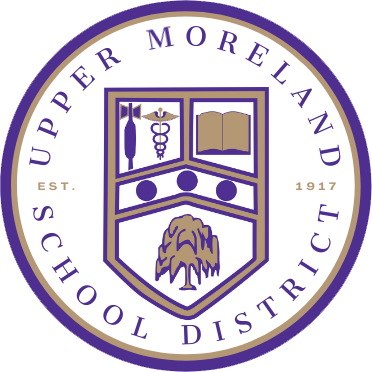Advanced Placement United States History
Planned Instruction for Social Studies
Course: Advanced Placement United States History
National Standards:
NCSS 1: Culture
NCSS 2: Time, Continuity, and Change
NCSS 3: People, Places and Environment
NCSS 4: Individual Development and Identity
NCSS 5: Individual Groups and Institutions
NCSS 6: Power, Authority and Governance
NCSS 10: Civic Ideals and Practices
PA Core - Reading and Writing for History and Social Studies:
8.5 Reading Informational Text
8.6 Writing
Course Description:
The goal of the high school social studies program is to develop citizens who will be able to participate in a culturally diverse, democratic, global society. The social studies program provides an integrated study of history, geography, civics, economics, and related social studies disciplines. The program emphasizes active learning strategies, research and inquiry skills, as well as critical thinking, reading, and writing.
AP US History is a comprehensive survey of US history from Columbus to the present. While students are exposed to the breadth of US history, they are also cognizant of the recurring themes of freedom, equality, competing visions of American society, federal versus states rights and change versus continuity. The AP US History course is designed to provide students with the analytical skills and factual knowledge necessary to deal critically with American History. Students will be able to analyze primary and secondary source documents, identify cause and effect relationships and formulate predictions based upon past events. An essential component of the class is the critical reading of historical interpretations, in addition to the ability to express ideas through written expression and oral discussions.
Specific and measurable objectives directly related to the academic standards to be achieved by the students:
The specific objectives for this course are delineated in the Upper Moreland Township School District Social Studies Scope and Sequence based on the standards set forth in Expectations of Excellence: Curriculum Standards for Social Studies published by the National Council For The Social Studies (NCSS). Specific objectives are also listed in the corresponding Pennsylvania State Standards for History, Geography, Economics, and Government and the AP U.S. Government and Politics Course Description
Content to be used to reach objectives:
In order to provide a meaningful social studies education that encourages active and differentiated learning a variety of instructional strategies, activities, and materials will be utilized.
Materials:
Text & Digital Resources:
Kennedy, David M., Cohen, Lizageth (2016). The American Pageant (AP edition, 16th edition) Boston: Cengage.
Other:
Ancillary materials and text
Supplementary reading and media resources
Web based resources
Cengage digital resources, including Mindtap and Fast Track to a 5
Instructional Activities:
In order to achieve the stated goals the following best practice strategies will be utilized:
opportunities to investigate topics in depth
opportunities to exercise choice and responsibility by choosing topics of inquiry
the exploration of open-ended questions that challenge thinking
active participation
modeling, scaffolding
Big6 research techniques
independent inquiry and cooperative learning
observing, discussing, and debating topics and issues
the use of written materials, primary and secondary source documents
audio-visual presentations
use of artifacts
effective use of technology to develop reading and writing to learn skills
Estimated Instructional time to be devoted to achieving objectives:
First semester: Approximately 86 minutes every day
Second semester: approximately 86 minutes per day, on an alternating block schedule
Procedure for measurement of student progress on the stated objectives:
A variety of assessments will be used to measure student progress. These include:
classroom discussions/participation
Before, During, and After (BDA) activities
FRQ (free response) assignments with accompanying rubrics
Written or oral analysis of debates within the discipline
Preparation and participation in structured debates with accompanying rubrics
Entrance and Exit slips
Homework
Independent research
Current Events, applied in various ways, with accompanying rubrics
Individual and group projects with performance based rubrics
Journals
Formative and Summative tests and quizzes
Oral presentations with accompanying rubrics
Quick write activities
DBQs (document-based questions)
Exams consisting of multiple choice, short answer, reading comprehension and essay questions
An explanation of how student grades will be determined:
A student’s grade will be determined through a variety of assessments per marking period. All assessments will be designed to support students in preparing for the Advanced Placement exam, by emphasizing both content and analytical thinking. However, in keeping with the idea that students learn in a variety of ways, these assessments will differ in structure and format to provide opportunities for students to demonstrate their learning through tests, quizzes, projects, presentations, writing assignments, and discussion groups. Classwork and homework will be weighted 40% of the overall grade. Quizzes and tests will be weighted 40%. Participation will be weighted 20%.
